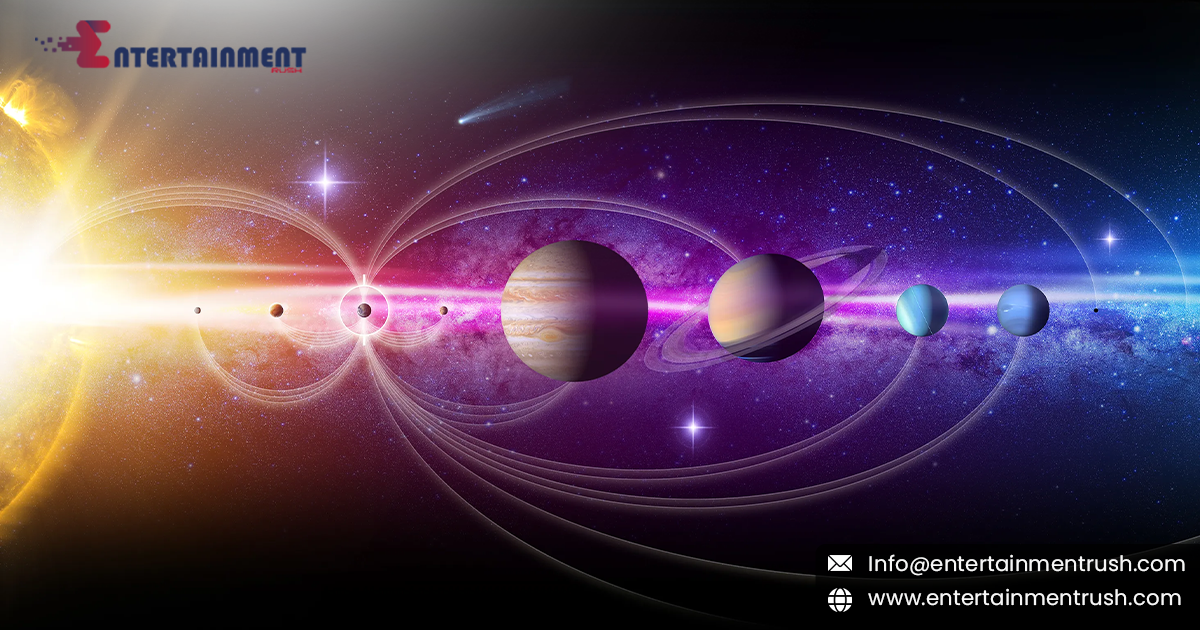Embarking on a journey through the solar system is akin to exploring a vast cosmic playground, filled with an array of celestial bodies that captivate the imagination and inspire wonder. From the scorching inferno of Mercury to the icy depths of Pluto, each planet offers a unique glimpse into the diversity and complexity of our cosmic neighborhood. In the USA, astronomers, scientists, and space enthusiasts are constantly uncovering discoveries and expanding our understanding of the solar system’s mysteries, from the smallest moons to the largest gas giants.
The Inner Planets: Mercury, Venus, Earth, and Mars
The inner planets of the solar system, Mercury, Venus, Earth, and Mars, are rocky worlds characterized by their solid surfaces and relatively small sizes. Mercury, the closest planet to the Sun, experiences extreme temperatures and has a cratered, barren landscape. Venus, often referred to as Earth’s “sister planet, is shrouded in thick clouds of sulfuric acid and boasts a hostile environment with crushing atmospheric pressure. Earth, our home planet, is teeming with life and supports a diverse array of ecosystems, making it a unique oasis in the cosmos. Mars, known as the “Red Planet, is marked by its rusty, desert-like terrain and has long fascinated scientists with the possibility of past or present life.
The Gas Giants: Jupiter, Saturn, Uranus, and Neptune
Beyond the asteroid belt lie the gas giants of the solar system: Jupiter, Saturn, Uranus, and Neptune. These colossal worlds are composed primarily of hydrogen and helium and possess thick atmospheres with swirling clouds and powerful storms. Jupiter, the largest planet in the solar system, boasts a complex system of colorful bands and iconic Great Red Spot, a massive storm larger than Earth. Saturn is famous for its dazzling rings, made up of icy particles and debris that orbit the planet in a mesmerizing display. Their icy compositions and frigid temperatures characterize Uranus and Neptune, often referred to as the “ice giants,”, with Neptune being the farthest planet from the Sun.
Moons: Worlds of Their Own
In addition to planets, the solar system is home to a myriad of moons, or natural satellites, that orbit around them. These moons come in all shapes and sizes, from tiny, irregularly shaped rocks to large, spherical worlds with diverse geologies and atmospheres. Some moons, such as Earth’s Moon, are familiar to us, while others, like Europa and Titan, hold tantalizing secrets beneath their icy surfaces. Moons play crucial roles in shaping the dynamics of their parent planets, influencing their orbits, tides, and even potential habitability.
Asteroids: Remnants of the Solar System’s Formation
Scattered throughout the solar system are asteroids, rocky remnants left over from the formation of the planets. These small bodies range in size from tiny pebbles to large, irregularly shaped rocks and can be found orbiting the Sun in vast belts between the planets. Asteroids play a significant role in the history of the solar system, providing valuable insights into its formation and evolution. In the USA, NASA and other space agencies are actively studying asteroids and even sending spacecraft to explore and sample these ancient relics.
Exploring the Cosmos
Journeying through the solar system offers a fascinating glimpse into the wonders of our cosmic neighborhood, from the rocky surfaces of the inner planets to the swirling storms of the gas giants, and the icy moons and rocky asteroids that populate the space in between. In the USA, astronomers, scientists, and space enthusiasts are at the forefront of exploration, uncovering discoveries and expanding our understanding of the solar system’s mysteries. By continuing to explore and study the planets, moons, and asteroids of our solar system, we gain valuable insights into the origins of our cosmic home and our place within the universe.




Leave feedback about this